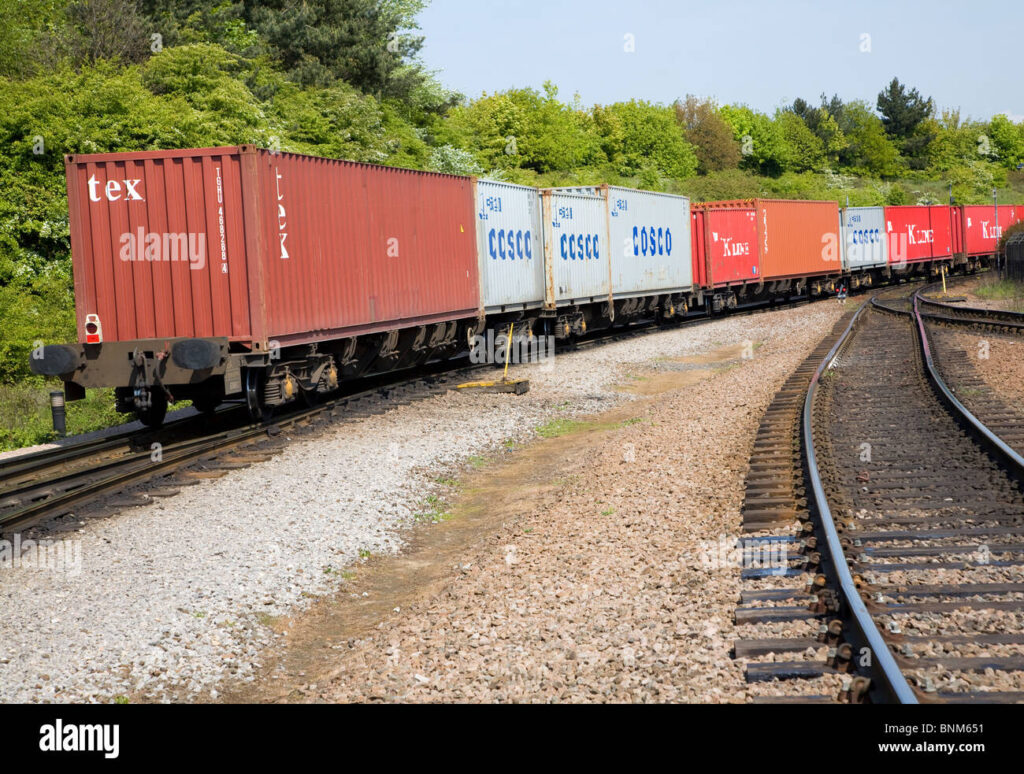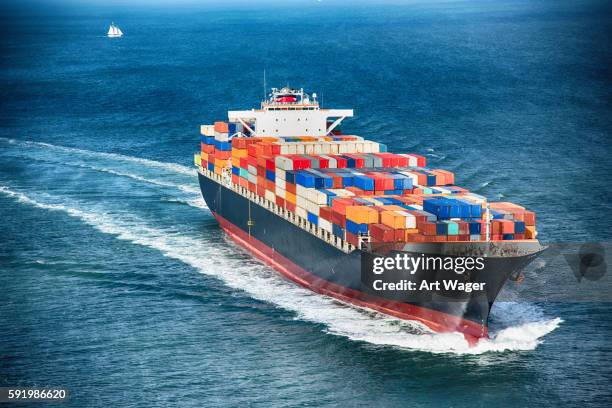Table of Contents
Importing goods from China to Europe involves strict regulations, complex documentation, and variable tariffs. Understanding import customs China to Europe is crucial for businesses aiming to maintain smooth, cost-efficient operations. This guide explains every step — from declaration to delivery — helping you avoid costly mistakes and delays.
What Is Import Customs from China to Europe?
Import customs refers to the official process that goods must undergo before entering a European country. It includes declaration submission, tax payment, and inspection.
Each EU member state adheres to the EU Customs Union standards, which unify tariff codes, VAT, and import rules. However, documentation varies slightly depending on destination — for example, Germany requires stricter inspection of industrial goods than Italy.
Common Documents Required
| Document | Description | Issued By |
|---|---|---|
| Commercial Invoice | Declares value and description of goods | Exporter |
| Packing List | Lists items and weights | Exporter |
| Bill of Lading / Air Waybill | Confirms shipment & ownership | Carrier |
| Import Declaration | Required for EU customs entry | Importer |
Moreover, all importers must comply with EORI registration, enabling them to trade legally across the EU.
How Does the Import Customs Process Work in Europe?
The customs process follows several key steps, ensuring transparency and tax compliance.
- Pre-arrival documentation: Importers must file a summary declaration before shipment reaches the EU border.
- Customs declaration: Submitted electronically to customs authorities.
- Inspection: Physical or document-based inspection may occur.
- Duty & VAT payment: Based on tariff classification.
- Release: Goods are cleared for free circulation.
Typical Transit Time
| Route | Mode | Transit Time | Customs Clearance |
|---|---|---|---|
| Shenzhen → Hamburg | Sea Freight | 30–35 days | 1–2 days |
| Yiwu → Warsaw | Rail Freight | 14–18 days | 1 day |
| Shanghai → Paris | Air Freight | 3–5 days | 6–12 hours |
Additionally, digital systems like EU ICS2 help automate pre-declaration, making clearance faster for compliant importers.
Which Taxes and Duties Apply for Importing from China?
Understanding tax obligations is essential for accurate pricing. Duties depend on the HS code classification and origin.
Typical Import Costs Breakdown
| Cost Type | Range | Notes |
|---|---|---|
| Customs Duty | 2%–12% | Based on product type |
| VAT (average) | 19%–23% | Depends on destination country |
| Handling Fees | €25–€60 | Charged by carrier or broker |
For example, electronics entering the Netherlands may face 3% customs duty, while textiles to France could incur up to 12%. Using the EU TARIC database helps importers verify accurate duty rates before shipping.
What Are the Main Shipping Methods for Customs Clearance?
Choosing the right transport mode can significantly affect customs time and cost.
| Method | Average Cost (per CBM) | Transit Time | Ideal For | Customs Complexity |
|---|---|---|---|---|
| Air Freight | $6–$9 | 3–5 days | Urgent goods | Low |
| Rail Freight | $3–$5 | 14–18 days | E-commerce & machinery | Medium |
| Sea Freight | $1–$2 | 30–40 days | Bulk cargo | High |
Sea freight remains the most economical, albeit slower. However, rail freight between China and Europe — via Kazakhstan, Russia, and Poland — offers a balance of cost and time. Air freight, meanwhile, minimizes customs delays due to faster processing at airports.



How to Ensure Smooth Import Customs Clearance?
To achieve seamless clearance, businesses should prepare complete documentation and pre-classify their goods.
Best Practices:
- Always verify product HS codes before shipment.
- Submit digital invoices to simplify document review.
- Partner with a licensed customs broker.
- Keep all certificates (CE, RoHS, ISO) ready for inspection.
Furthermore, the use of smart logistics software allows importers to track customs status and manage duties automatically, reducing human error and clearance delays.
Real Case Studies: Successful Import Customs from China to Europe
Case 1 – Electronics Shipment (Shenzhen → Germany)
Cargo: 10 pallets of smart home devices
Mode: Rail freight
Cost: $4,800
Transit Time: 16 days
Result: Cleared in 24 hours due to pre-declared documents
Case 2 – Clothing (Guangzhou → France)
Cargo: 1×40HQ container of garments
Mode: Sea freight
Cost: $2,200
Transit Time: 32 days
Result: Customs inspection delayed release by 1 day
Common Customs Challenges and How to Avoid Them
Importers often face issues like tariff misclassification, missing certificates, or inconsistent invoices.
Top 3 Challenges:
- Incorrect HS code → leads to overpayment or seizure.
- Lack of CE certification → causes customs hold.
- Delayed duty payment → results in warehouse demurrage.
Solutions:
- Use automated classification tools.
- Prepay duties through customs brokers.
- Maintain identical data across invoice, packing list, and declaration.
On the other hand, importers who invest in compliance systems rarely experience clearance delays.
Why Work with a Professional Customs Clearance Partner?
Partnering with an expert provides accuracy, efficiency, and legal assurance. A reliable agent can:
- Handle EORI registration and document filing.
- Offer transparent duty calculation.
- Communicate directly with customs offices.
- Resolve inspection disputes quickly.
Without a doubt, outsourcing customs clearance can save up to 20% in administrative costs while ensuring full EU compliance.
Conclusion
In summary, managing import customs China to Europe effectively requires preparation, compliance, and expert support. From choosing the right shipping method to handling taxes, proper planning saves time and money. To illustrate, real cases prove that efficient documentation directly reduces customs delays. For smooth operations, partnering with a professional logistics provider ensures your goods reach Europe quickly, legally, and safely.
Request a Quote
Need a tailored solution for your shipping from China?
Let TJ China Freight Forwarder assist you with reliable, cost-effective service.
FAQ:
Q1.How long does import customs clearance take in Europe?
Usually 12–48 hours depending on mode, customs load, and document completeness. Pre-declared cargo clears faster.
Q2.Do I need EORI registration for importing from China?
Yes, every EU importer must have a valid EORI number to process customs clearance legally.
Q3.What is the difference between duty and VAT in EU imports?
Duty is based on product origin; VAT applies to the product’s value plus freight and insurance.
Q4.Can I handle import customs without a broker?
Technically yes, but using a licensed customs agent simplifies HS classification and electronic filing.
Q5.Are there duty exemptions for small parcels from China?
Parcels under €150 often qualify for duty-free entry under the EU’s IOSS (Import One Stop Shop) scheme.

